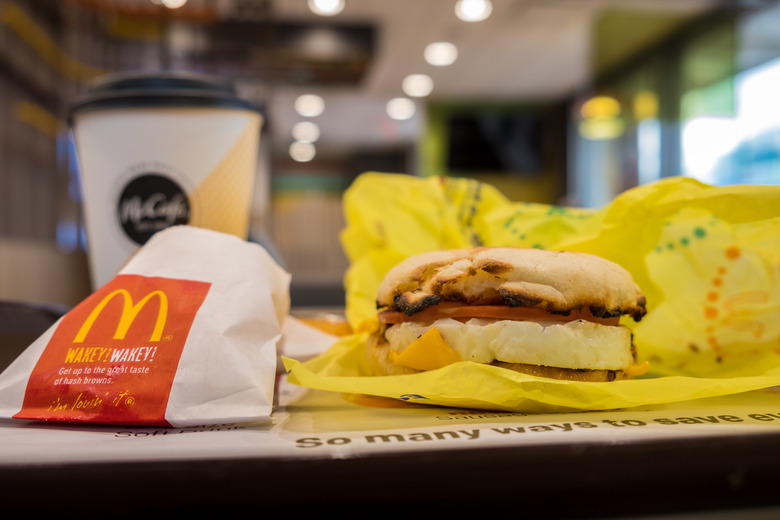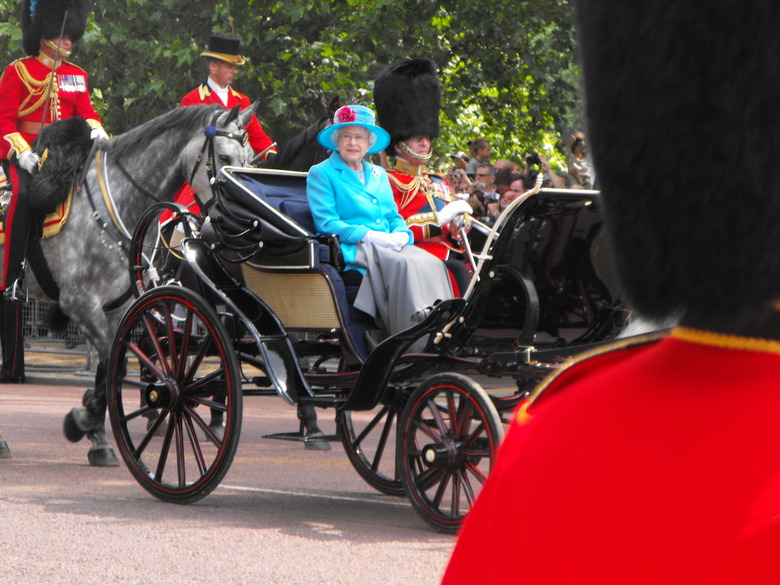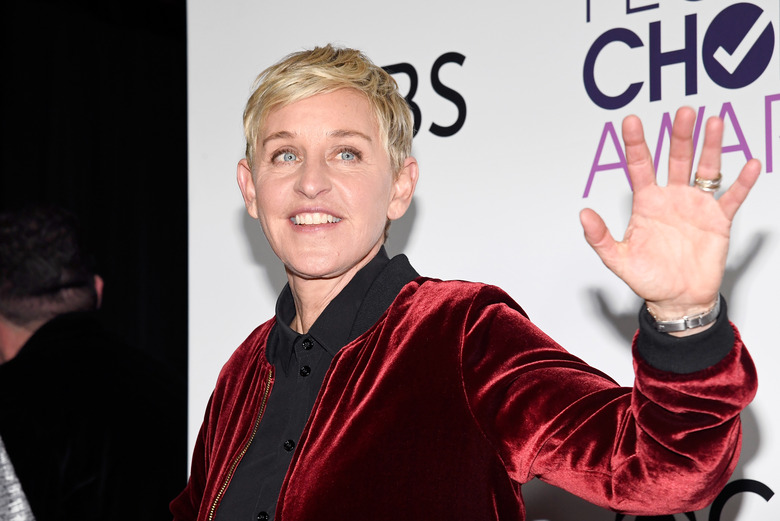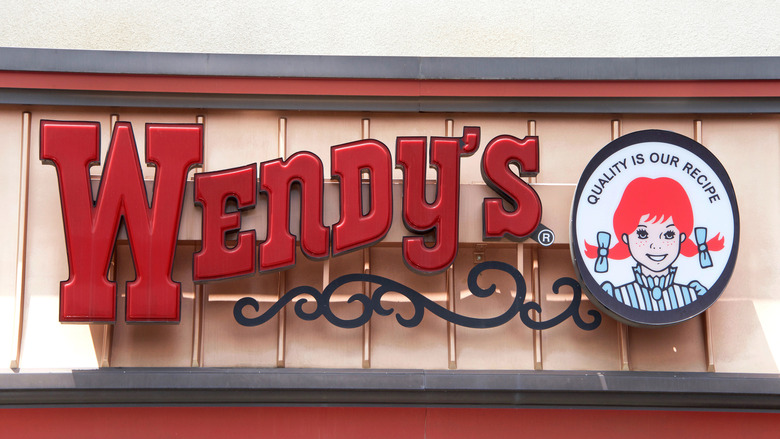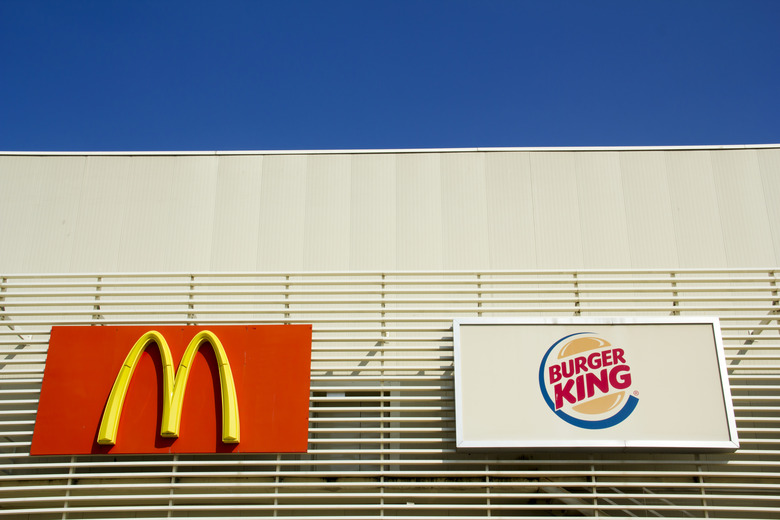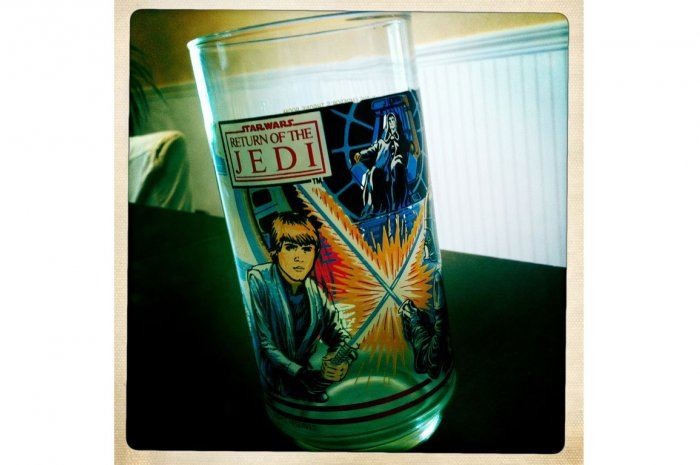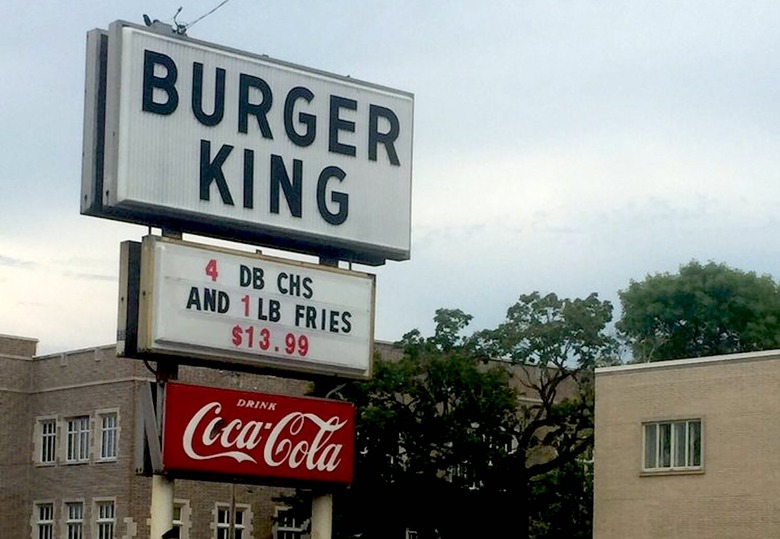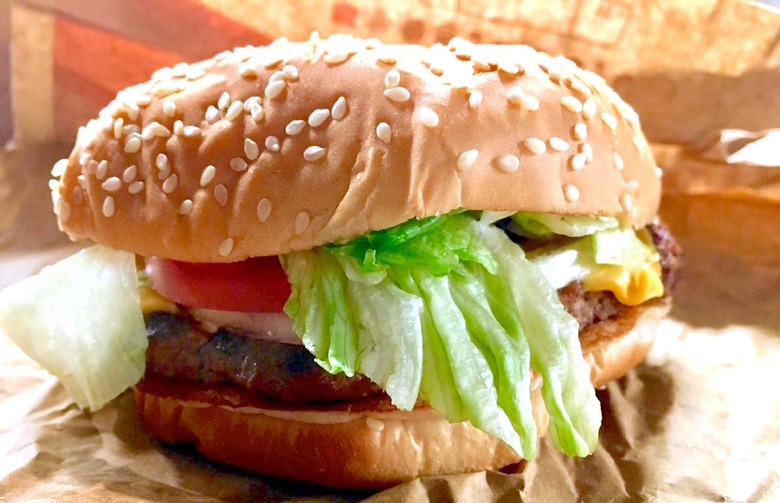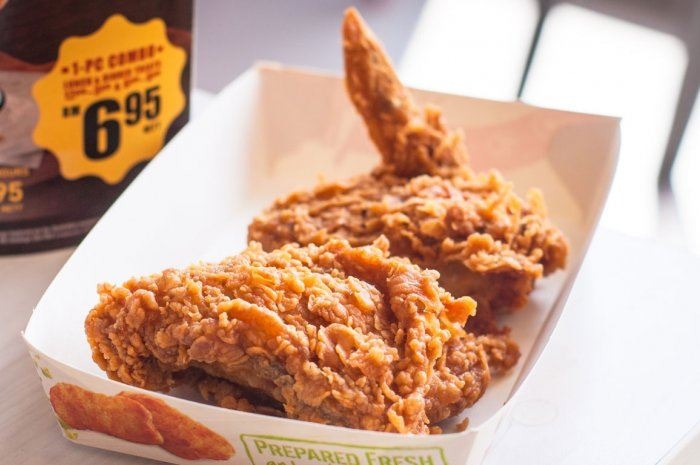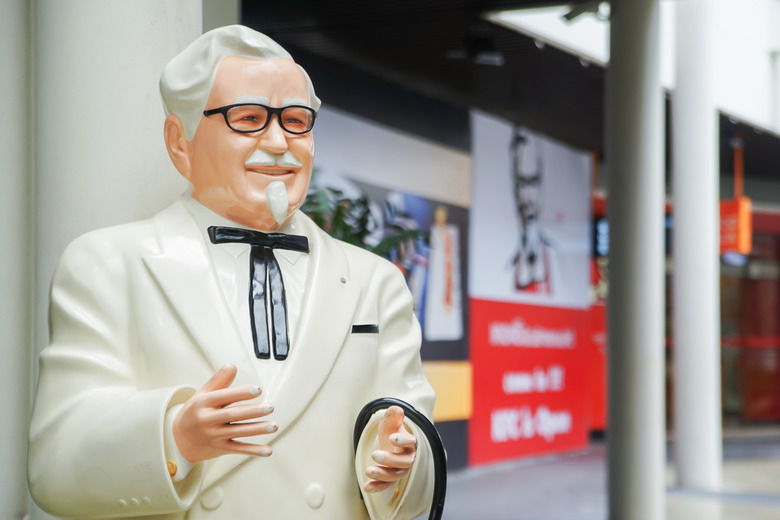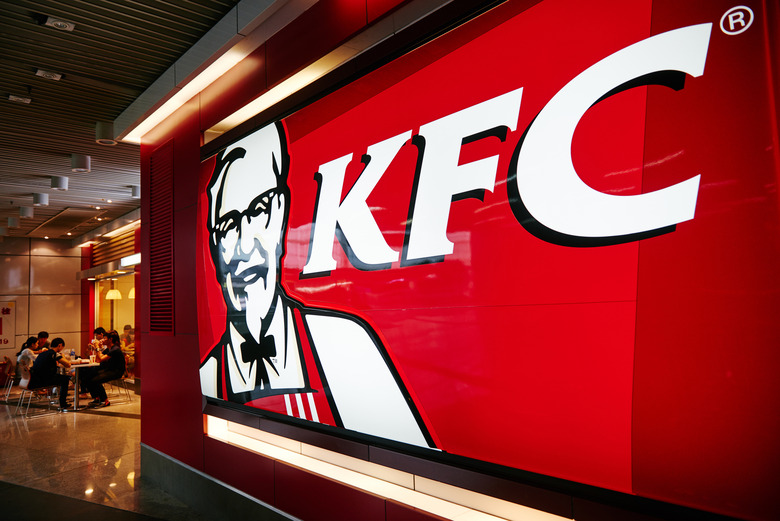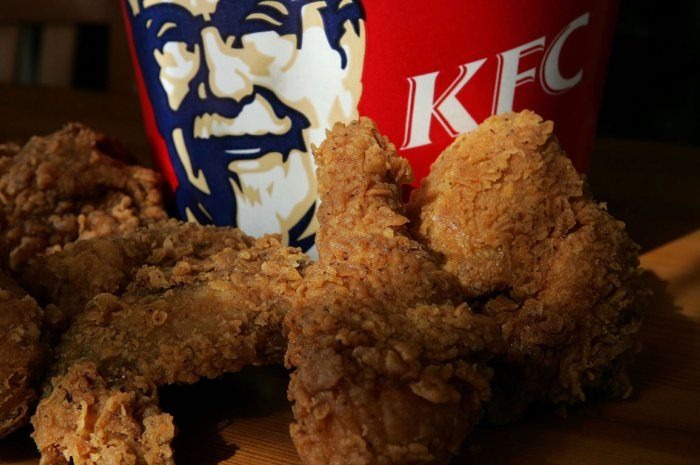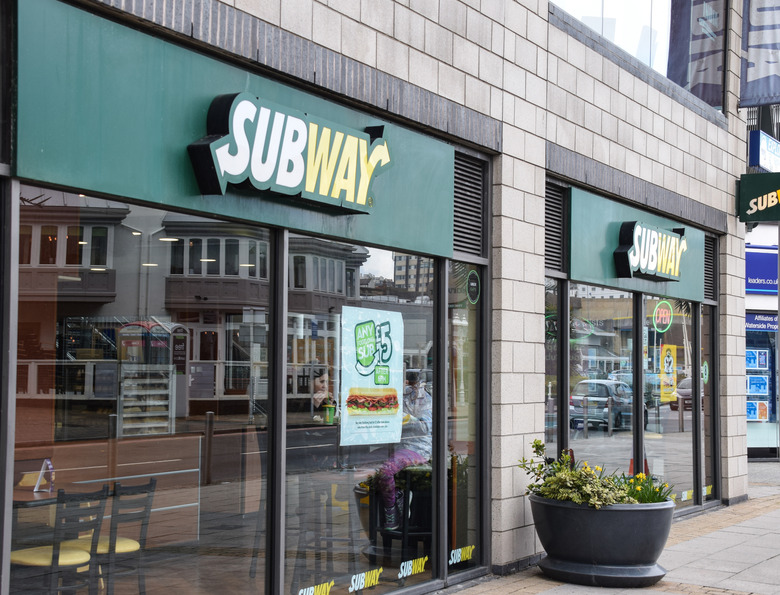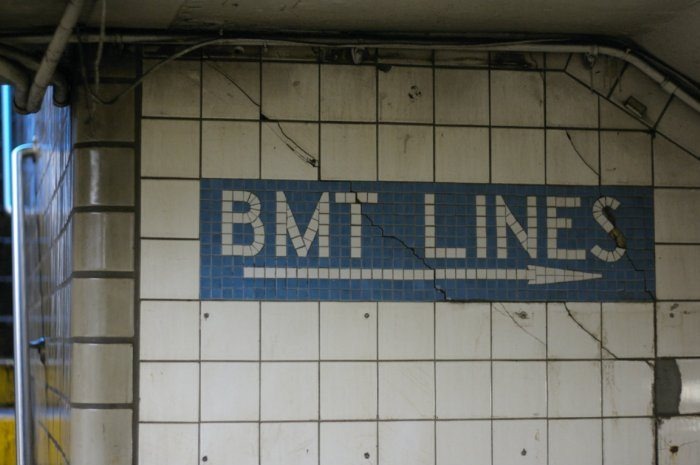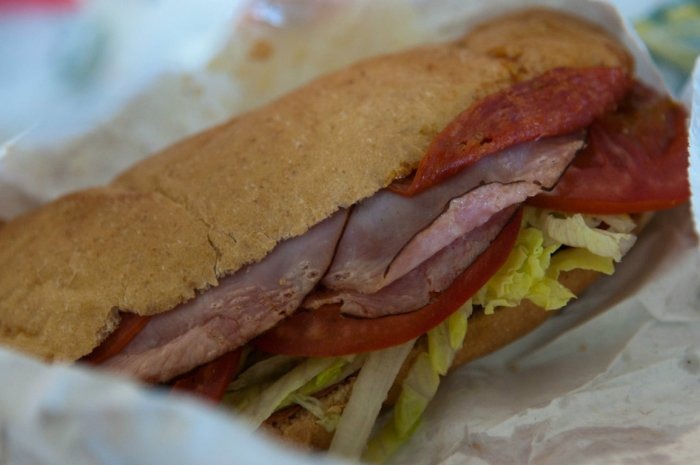25 Things You Didn't Know About Your Favorite Fast Food Chains
It may be a little difficult to comprehend, but even the largest companies in the world started out small. All of the biggest fast food chains got their start as one stand-alone restaurant founded by a small team of entrepreneurs, and they all have fascinating histories and secrets we bet you didn't know about.
We've been exploring little-known facts about some of America's most popular restaurant chains – fast food and otherwise – for years, and today we're compiling the most far-out facts from five leading fast food chains: McDonald's, Wendy's, Burger King, KFC, and Subway. While it may seem like these chains have simply always been around, they have some of the most interesting origin stories in the industry.
McDonald's was founded by brothers Dick and Mac McDonald in the 1940s and was turned into a franchise in the 1950s by milkshake machine salesman Ray Kroc, the subject of the 2016 film The Founder, starring Michael Keaton.
Wendy's was founded by a cook named Dave Thomas, who became one of KFC's most successful franchisees before selling his stores back to Colonel Sanders and using the cash to open the first Wendy's, named after his daughter Melinda Lou, nicknamed Wendy.
Burger King got its start in 1953 as a restaurant called Insta-Burger King, which faltered in 1959 and was bought by two Miami franchisees, James McLamore and David Edgerton, who removed the "Insta" and turned it into the chain it is today.
KFC was founded by a man (you might have heard of him) who held jobs including laboring on the railroad and selling Michelin tires before opening a service station at age 40 that became known for its fried chicken.
And Subway was founded in 1965 by two young friends as a no-frills sandwich shop called Pete's Super Submarines.
No matter your opinion on fast food or its impact on the overall health of Americans, you have to admit that these chains' founders had no shortage of grit and determination, and that becoming as massive a company as these are today was no easy feat. Read on to learn five more fascinating facts about each of these legendary chains.
McDonald’s: It Started as a Barbecue Restaurant
The original McDonald's featured a hickory pit and served barbecued beef, ham, and pork, along with chili, tamales, and even peanut butter and jelly sandwiches.
McDonald’s: More People Recognize the Golden Arches than the Cross
Now that's what we call brand awareness. For the fascinating story behind those golden arches, click here.
McDonald’s: It’s the World’s Largest Toy Distributor
About 20 percent of all purchases at McDonald's are Happy Meals, which includes a toy. With 68 million meals sold on a daily basis, if you do the math... that's a lot of toys, some of which could be worth a lot of money.
McDonald’s: It Pioneered Fast-Food Breakfasts
After market research showed that consumers were looking for a quick breakfast, they added the (surprisingly healthy) Egg McMuffin to the permanent countrywide menu in 1972, making it the first nationally available fast-food breakfast sandwich. By 1987, a quarter of all breakfasts eaten outside the home in the U.S. came from McDonald's.
McDonald’s: The Queen of England Owns One
Back in the '60s, Queen Elizabeth decided to diversify her royal portfolio and get into the restaurant franchise business. She purchased a McDonald's in suburban Detroit, which she occasionally visits when in town.
Just kidding! (Wouldn't that be great, though?) In reality, The Crown Estate owns a shopping center — which contains a McDonald's — near Windsor Castle.
Wendy’s: It Was Inspired by a Kalamazoo Burger Joint
Founder Dave Thomas spent his early childhood in Kalamazoo, Michigan, where one of the most popular burger joints was a restaurant named Kewpee Burger. Wendy's "old-fashioned" hamburgers are old-fashioned because they're prepared in the same style as Kewpee's, which opened in 1923 and sold burgers in a peculiar shape: square.
Wendy’s: Its First Commercials Featured an Animated Wendy and Dancing Hamburgers
They were only broadcast locally in Ohio.
Wendy’s: The Chain Stopped Advertising on ‘Ellen’ After She Came Out of the Closet
The chain pulled all of its advertising from the sitcom Ellen in 1997 after star Ellen DeGeneres' character came out of the closet on the air. The move resulted in a boycott from the gay and lesbian community.
Wendy’s: Dave Thomas Came Out of Retirement to Appear in Wendy’s Commercials
Dave Thomas, who had resigned from the company in 1982, was coaxed back into the limelight in 1985 after the "Where's the Beef?" campaign ended. He began to visit franchises and once again became the face of the company. He became the official spokesperson in 1989, and throughout the 1990s he appeared in more than 800 commercials for the brand.
Wendy’s: The Original Location in Columbus, Ohio, Closed in 2007
Believe it or not, the very first Wendy's closed for business after 38 years on March 2, 2007, due to flagging sales several years after deciding to share its space with a Tim Hortons. The building underwent a $1.7 million renovation after its closure, and is today the headquarters of the city's Catholic Foundation.
Burger King: It Was Inspired by McDonald’s
Burger King's first incarnation was founded in Jacksonville, Florida, in 1953, after a man named Keith Kramer and his wife's uncle Matthew Burns visited a little burger shop in San Bernardino called McDonald's that turned out burgers, fries, and shakes in record time. They purchased the rights to a newfangled broiler that could cook 12 patties simultaneously and opened a burger shop of their own, which they called Insta-Burger King.
Burger King: It Pioneered the Product Tie-In
The product tie-in is ubiquitous now, with just about every big-budget film lending its name to some food product to help with promotion. But no fast food company thought to team up with Hollywood before 1977, when Burger King decided to partner with a little film called Star Wars to sell glasses featuring the main characters from the movie.
Burger King: There’s a Burger King in Mattoon, Illinois, That Has Nothing to Do with the Chain
Burger King wasn't exactly an uncommon name for a burger joint when the chain was attempting to expand, which landed them in some serious pickles. For example, when Burger King opened 50 locations in Illinois in the 1960s, the owners of an existing restaurant in the small town of Mattoon (who had trademarked the name Burger King in the state) sued them in what turned out to be a landmark case that's still studied in law schools. The case ended up going all the way to federal court, where it was decided that, because the corporation had a national trademark but the family-owned Burger King was just trademarked in the state, Burger King was allowed to open anywhere it pleased as long as it wasn't within 20 miles of the Mattoon restaurant. To this day, there's a Burger King in Mattoon that has no affiliation with the chain.
Burger King: It’s Called Hungry Jack’s in Australia
When Burger King was angling to get into the Australian market, it faced a similar situation: An existing restaurant in Adelaide had already trademarked the name and wasn't budging. So then-parent company Pillsbury provided franchisee Jack Cowin with a list of names that the company had already trademarked, and he chose Hungry Jack, which also happened to be the name of Pillsbury's pancake mix. To this day, all Australian Burger Kings are called Hungry Jack's.
Burger King: The Whopper Was Stymied in San Antonio
When Burger King began an expansion into the San Antonio area, it was prevented from using the word "Whopper" in any advertising or restaurants because an of existing chain in the region called Whopper Burger. This Texas-sized stalemate raged on until Whopper Burger owner Frank Bates passed away in 1983 and his wife Barbara sold the chain to Burger King's then-parent company, Pillsbury.
KFC: It Introduced Chicken to the Fast Food Industry
Before KFC came along, fast food was synonymous with hamburgers and fries, and chicken was traditionally home-cooked or eaten at family-style restaurants. Fried chicken, in particular, wasn't thought of as "fast food" because it wasn't fast: Making pan-fried chicken is a slow and careful process, and even deep-fried chicken can take upwards of 15 minutes to prepare.
KFC: Colonel Sanders Traveled the Country Franchising His Fried Chicken Recipe
Sanders knew that he had something special on his hands, and for many years his Corbin, Kentucky motel and restaurant Sanders Court and Café was a local institution. But he understood that the construction of a highway nearby would deal his business a major blow as the flow of travelers was rerouted, so he sold it all and took his show on the road. For the next several years, Sanders traveled around the country selling small-town restaurant owners the rights to use his recipe in return for a four cent fee on every chicken sold. This franchise model was revolutionary for the time, and by allowing franchise owners to use his name and likeness, it also increased Sanders' personal cachet immeasurably.
KFC: The Name ‘Kentucky Fried Chicken’ Was Coined by a Sign Painter
Original franchisee Pete Harman decided to change the name of his original restaurant, the Do Drop Inn, to highlight the new fried chicken, but was unsure of what to call it right until the sign painter arrived. Luckily, that painter, Don Anderson, had an idea for a name that would invoke something "exotic" as well as Southern hospitality: Kentucky Fried Chicken.
KFC: The Company Takes Great Pains to Guard the ‘Original Recipe’
The blend of 11 herbs and spices that went into Sanders' original fried chicken recipe is still in use today, and its components remain a mystery, even though many have tried to decipher it (the Chicago Tribune claims to have recreated it from a recipe from Harland Sanders' nephew). A Sanders-signed copy of the recipe is inside a vault in KFC's Louisville headquarters, and even the manufacturers don't know what goes into it: Half of the mix is made by Griffith Laboratories, and then it's sent to McCormick, where the rest is added.
KFC: Eating at KFC Is a Christmas Tradition in Japan
Even though a very small percentage of Japan is Christian, it's adopted Christmas as, basically, the holiday when you eat KFC. Seriously: In Japan, KFC and Christmas are synonymous, and the chain's Christmas dinner, which includes cake and Champagne, sells for about $40. The chain records its highest volume of sales in Japan on Christmas Eve, and Japan Airlines even serves KFC on select flights during the Christmas season. This correlation is the result of a smart marketing campaign that started in 1974 and continues to this day.
Subway: It was Founded by a 17-Year-Old
Late founder Fred DeLuca created Subway in 1965, when he was 17 years old, with a $1,000 loan from a family friend named Peter Buck.
Subway: “That Smell” is Something of a Mystery
All Subways smell the same. Apparently, this is because all Subways use the same bread. They are sent to all franchises frozen and the shops thaw them out before baking them behind the counter. It is hinted that the caramelization smell of the sugar has something to do with the distinct smell, but it's still a mystery what makes this particular bread smell so unique.
Subway: The BMT Was Named After the New York Subway
In keeping with the "subway" theme, the BMT sandwich was named after the Brooklyn-Manhattan Transit system, one of the original New York subway lines. Today, it stands for "Biggest, Meatiest, Tastiest," with pepperoni, salami, and ham; the BMT subway line is more commonly referred to as the N, R, Q, and W.
Subway: There’s a “Rainy Day Special” in Southern California
In Southern California, Subway has a Rainy Deal Special, where customers receive a free 6-inch sub and hot soup with the purchase of a sub and 32-ounce drink if it's raining out.
Subway: You Can Specify How You Want Your Bread Cut
You can customize the way your sandwich is cut and prepared. If you say "old cut," the sandwich maker digs into the sandwich as opposed to slicing it. You could also ask for the "wing effect," which means part of the meat will hang out from the sandwich, creating a "wing." Good luck ordering this way at your favorite sandwich shop, though.
More From The Daily Meal:
America's 25 Best Barbecue Chains
10 Crazy Secrets Your Favorite Fast Food Chains Don't Want You to Know
America's 35 Favorite Pizza Chains
The 10 Best Chain Restaurant All-You-Can-Eat Deals
The Best Steakhouse in Every State




